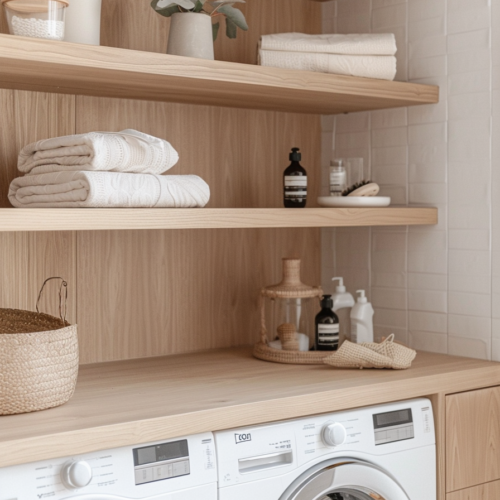Embrace the art of mindful living with Wabi Sabi houses, where simplicity and authenticity are cherished above all else. This article celebrates the beauty of homes that reflect the natural world, featuring earthy materials, handcrafted details, and a sense of harmony with the environment. From cozy cottages to modern retreats, discover how these soulful spaces invite you to slow down, reconnect with nature, and find beauty in the imperfections of everyday life.
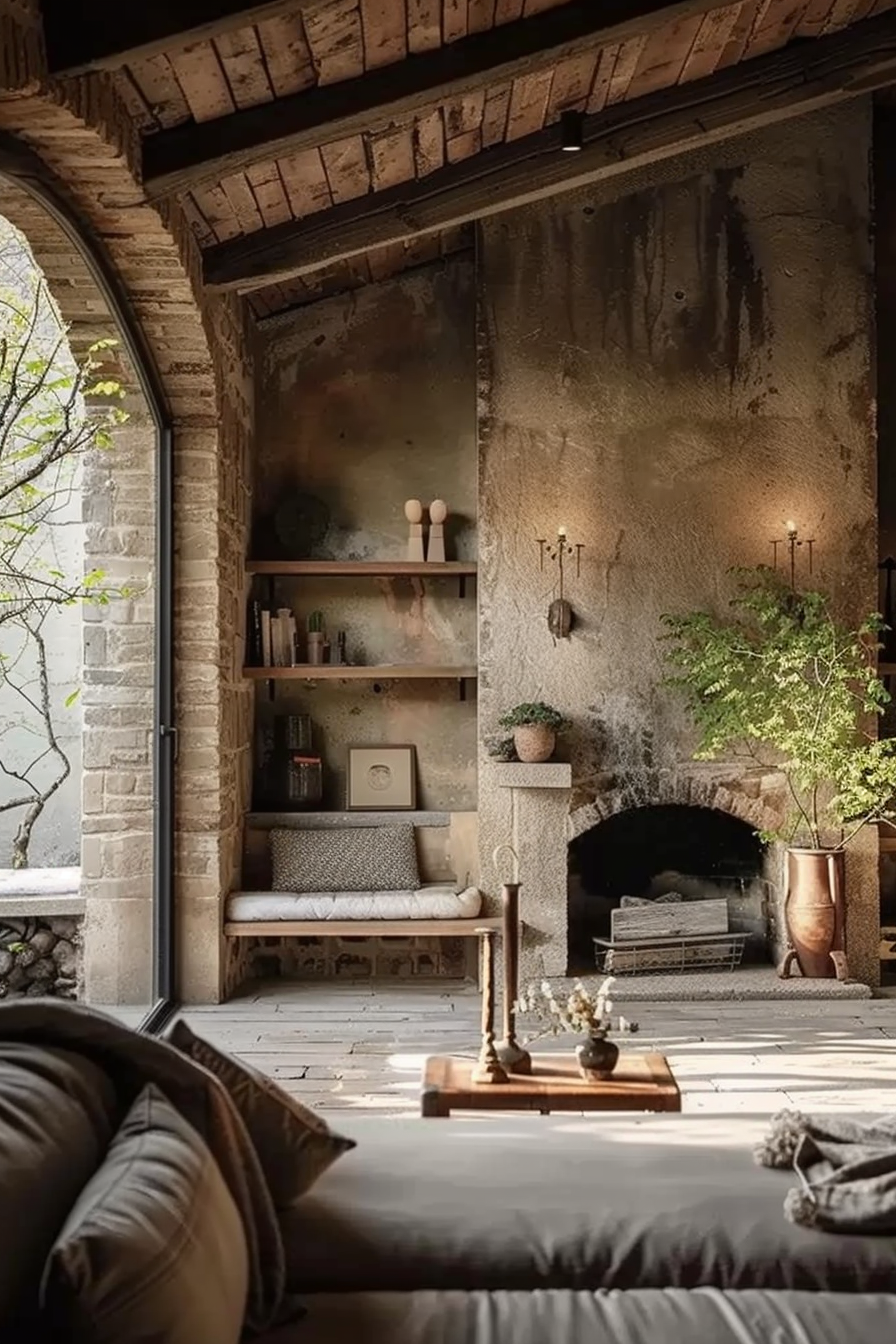
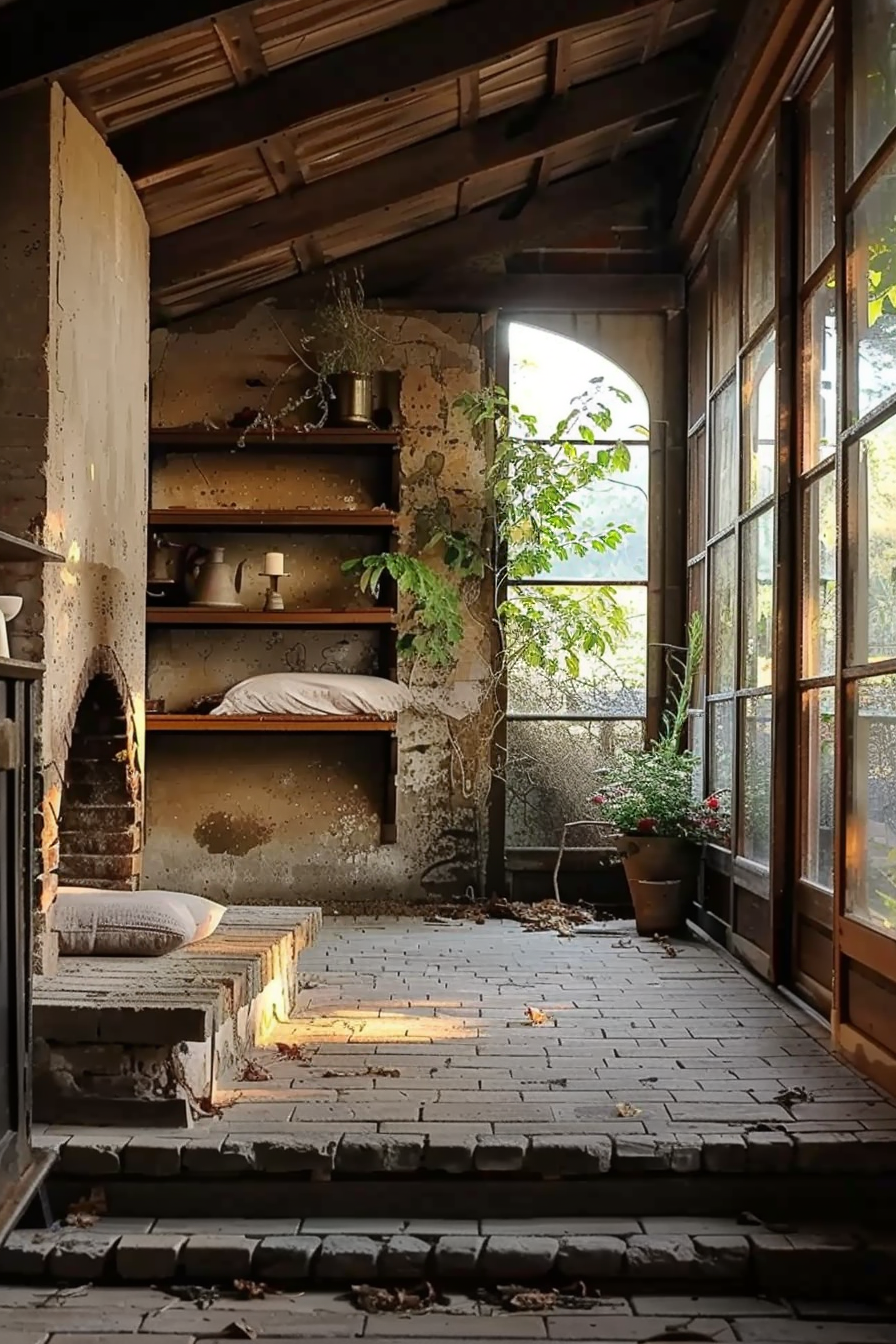
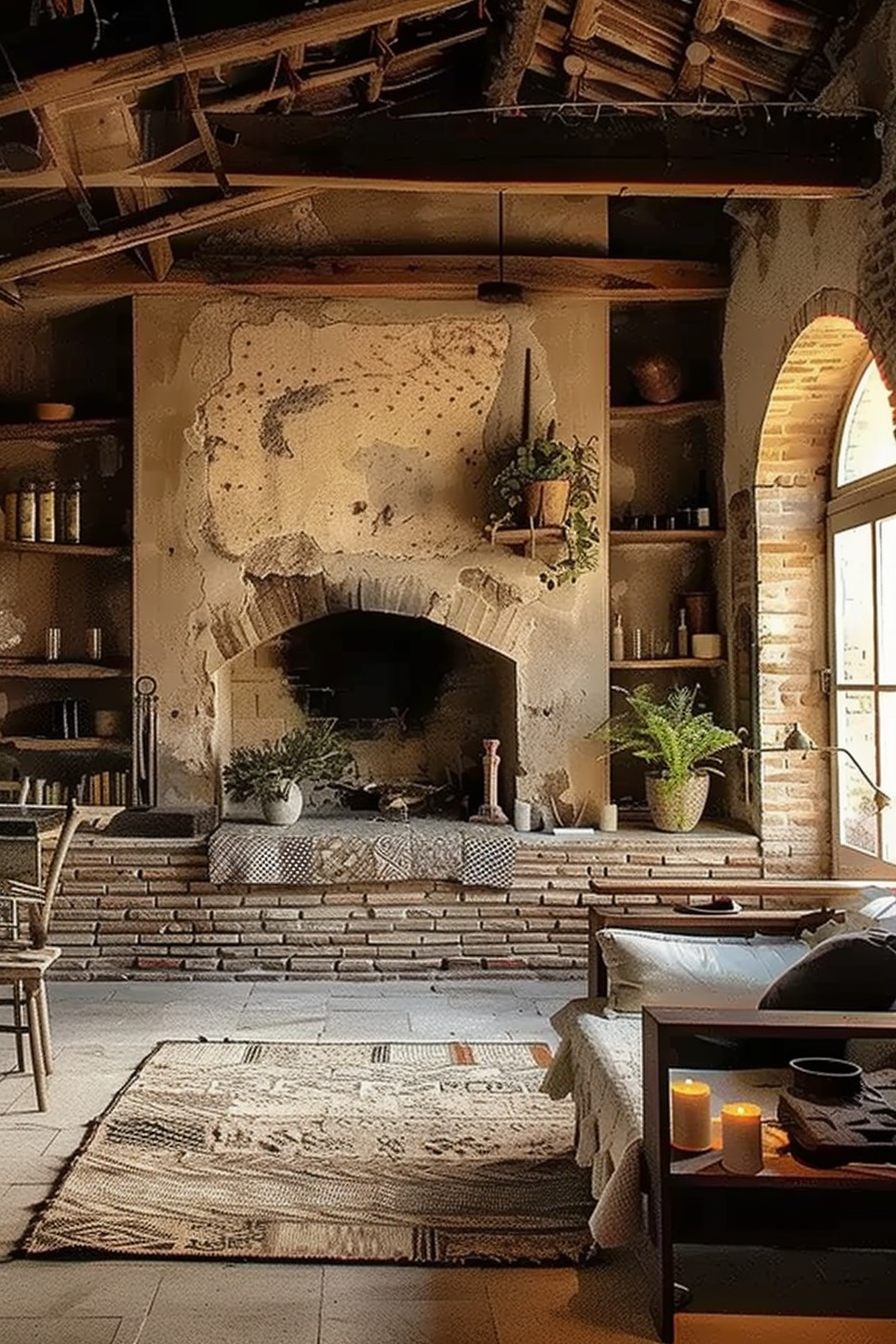
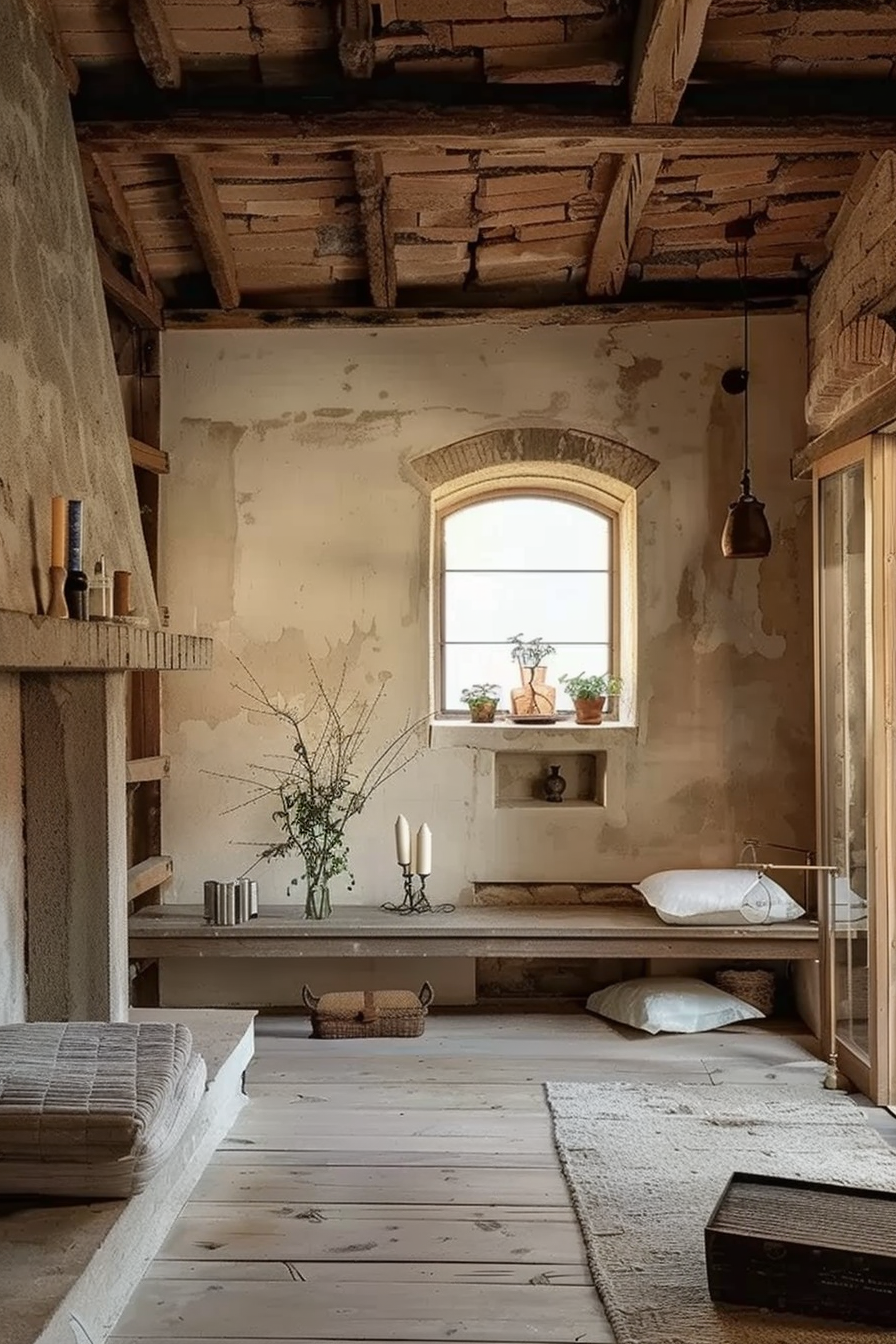
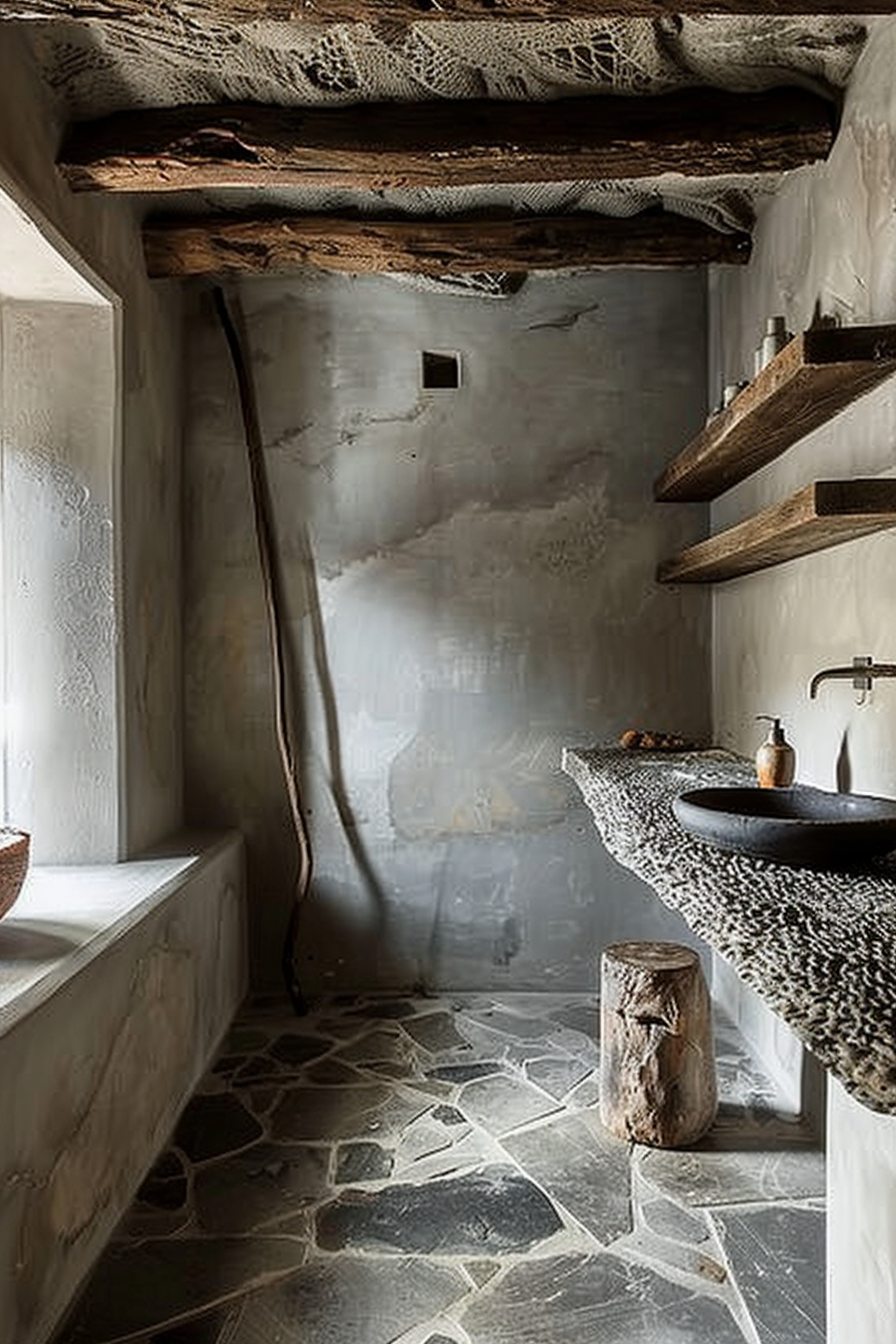
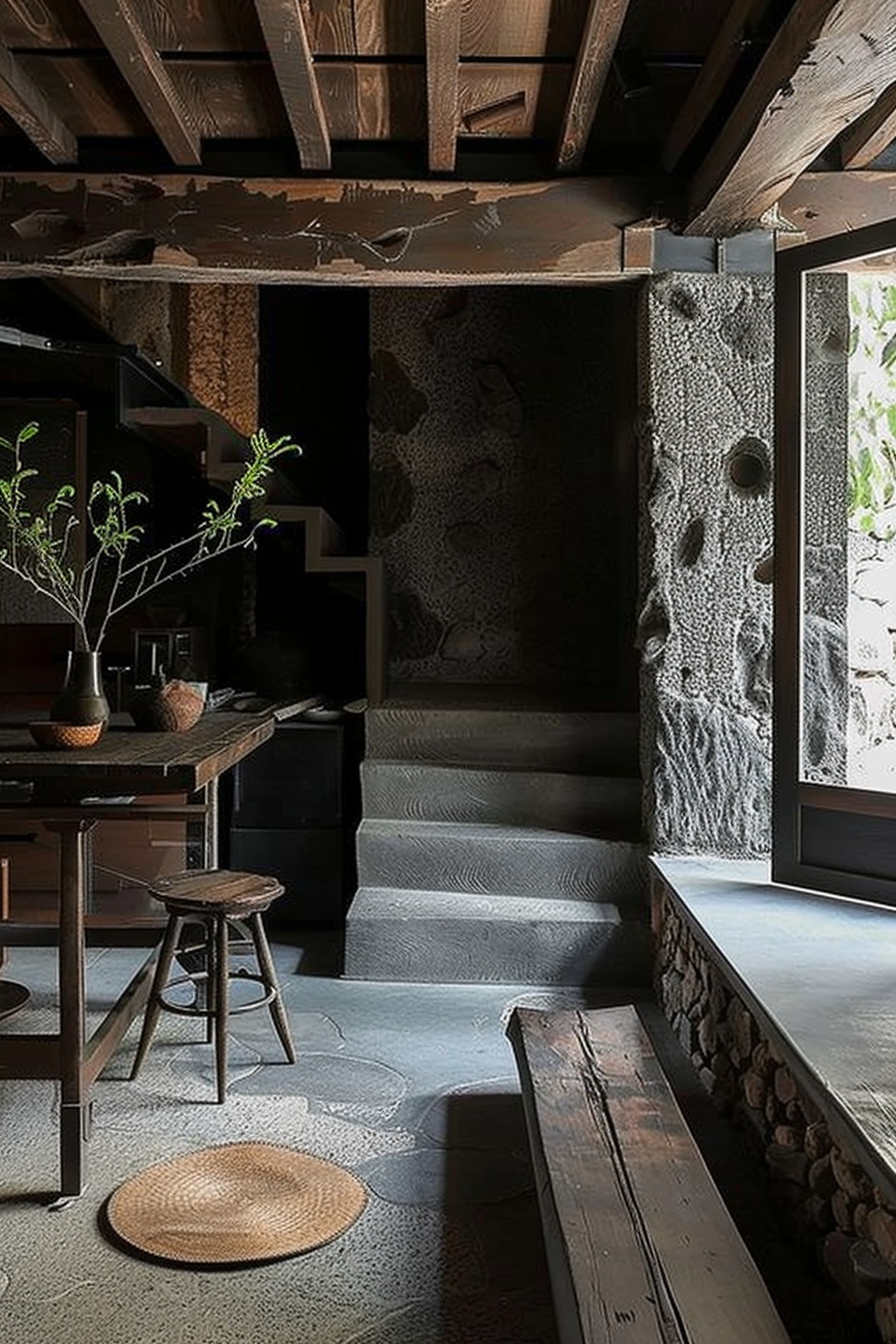
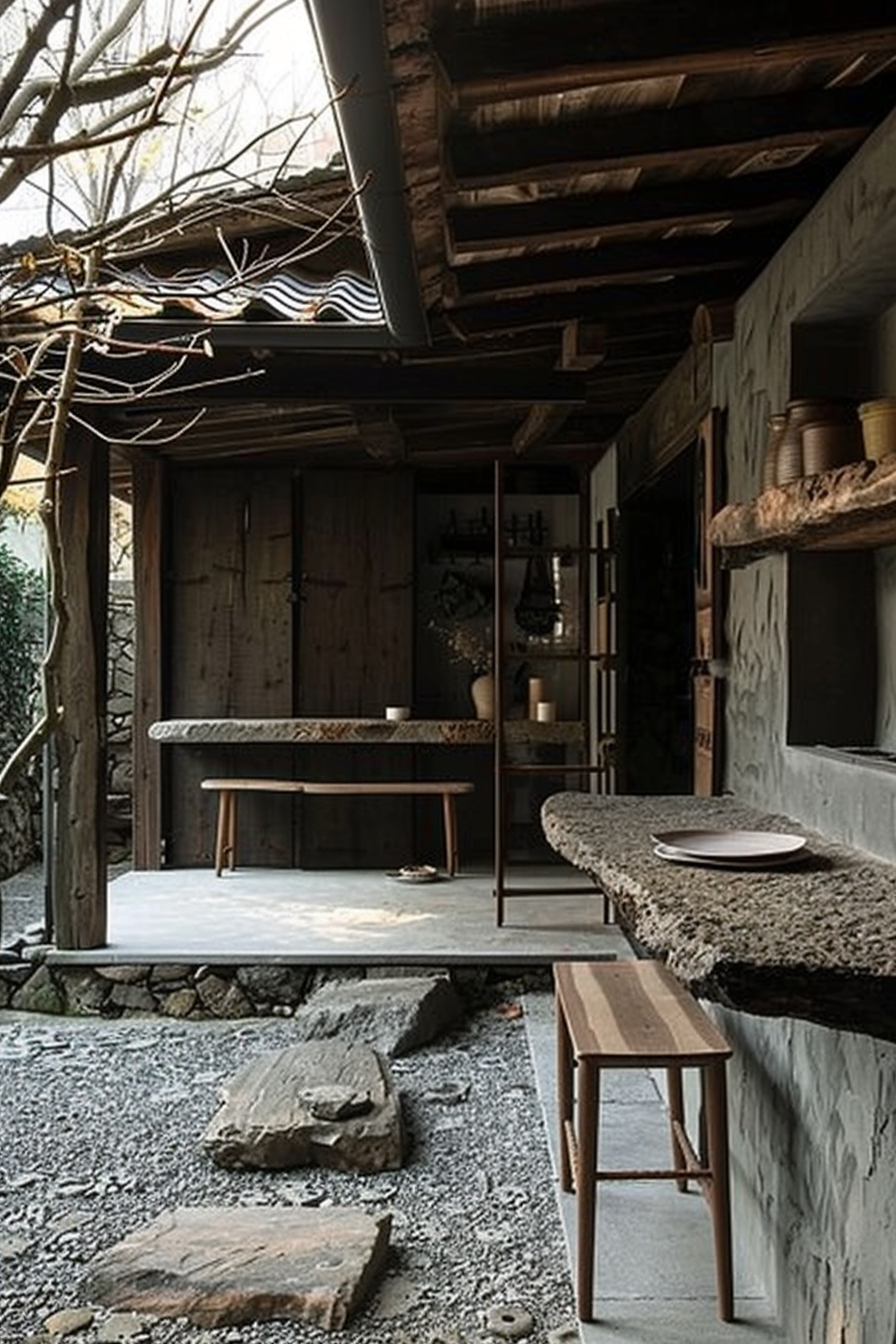







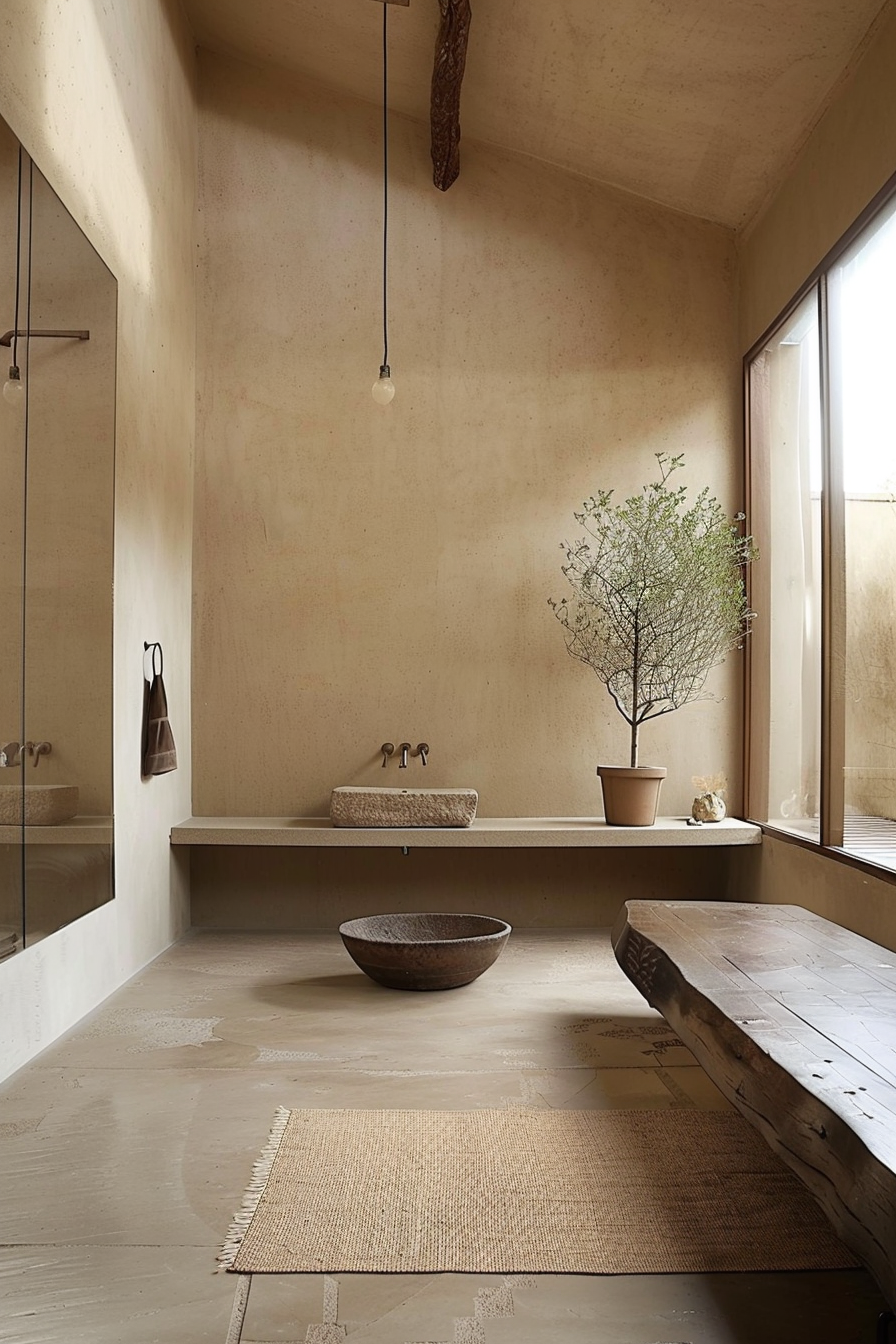











































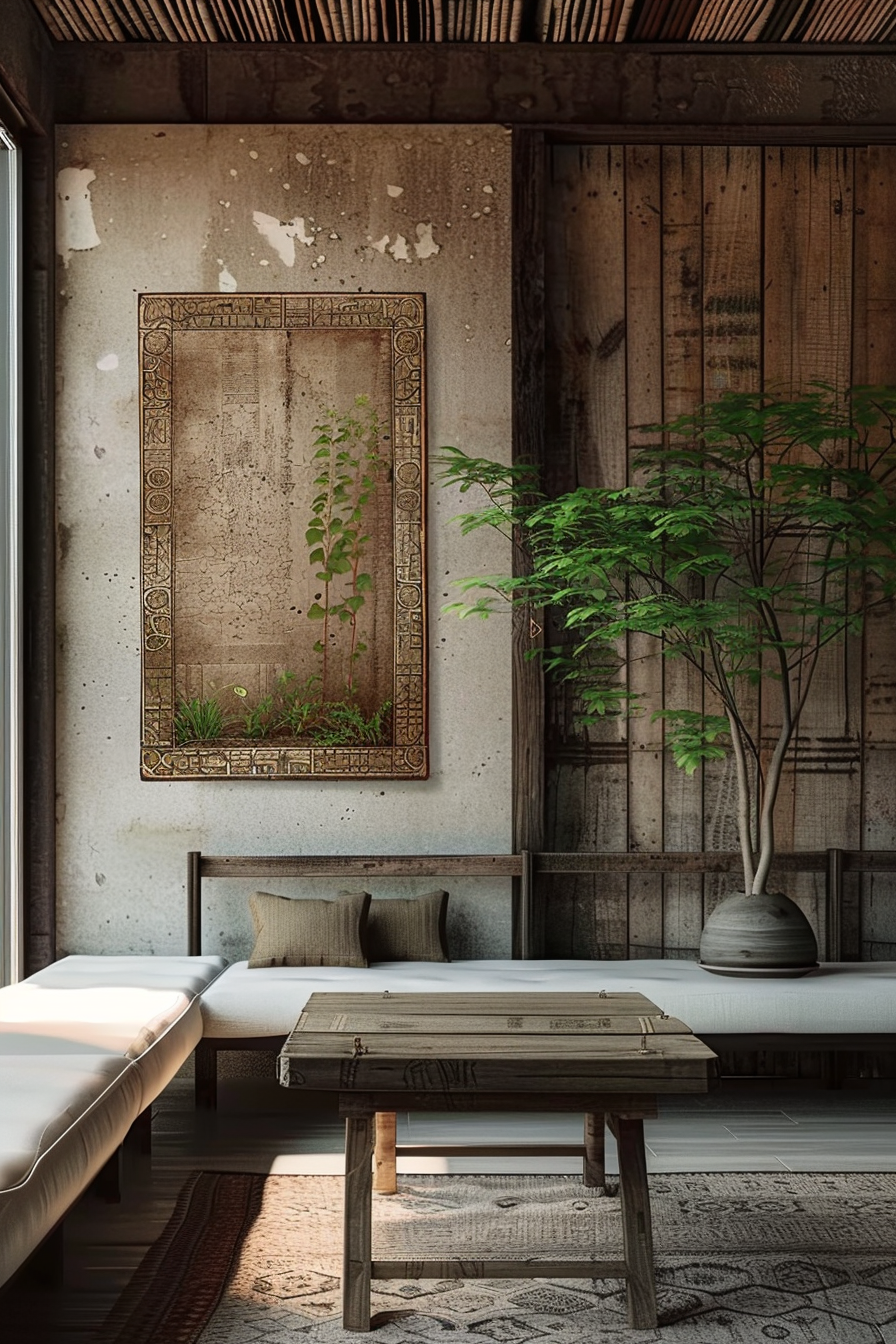
Follow Quiet Minimal on Pinterest for more home design tips and inspiration.
